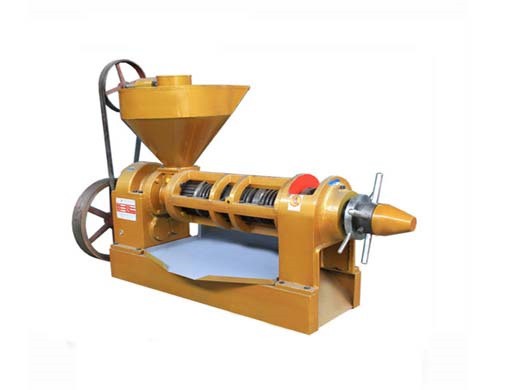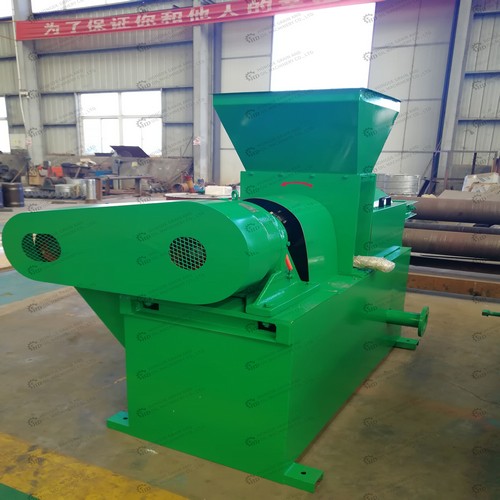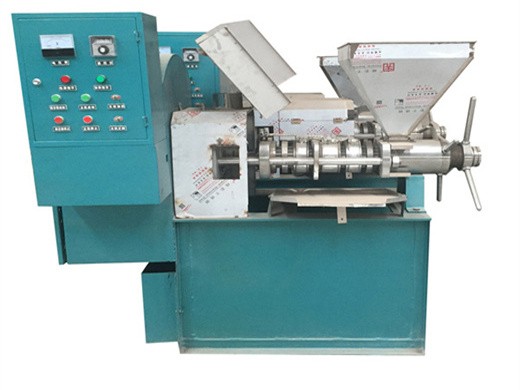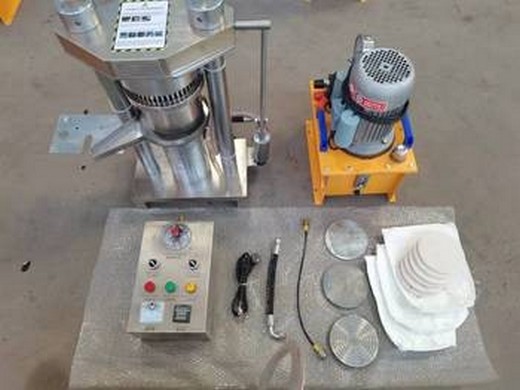How Low Oil Prices Affect Downstream And Upstream Oil
- Usage: coconut oil refinery
- Type: coconut oil refinery
- Automatic Grade: Automatic
- Production Capacity: 1-500t/d
- Model Number: QR-30, CP99
- Voltage: 440v
- Power(W): 15-30KW
- Dimension(L*W*H): according to capacity
- Weight: according to capacity
- Certification: ISO9001/BV/CE
How Low Oil Prices Affect Downstream And Upstream Oil Companies In Different Wayseven if that price is too low to allow companies to profit or even to recoup their costs.will take a hit
Oil’s Price Drop Stands to Help Refiners - WSJ
- Usage: Soybean Oil
- Type: soybean oil refining machine usage
- Automatic Grade: Automatic
- Production Capacity: 10T-3000T/D
- Model Number: soybean oil refining machine usage
- Voltage: 220V/380V
- Power(W): Accoding to your capacity
- Dimension(L*W*H): Accoding to your capacity
- Weight: Accoding to your capacity
- Certification: ISO9001
Falling oil prices mean energy companies can expect lower earnings, but integrated oil firms such as BP and Shell could find that oil refining will provide a cushion.
Refinery Economics | EME 801: Energy Markets, Policy
- Usage: mobile crude oil refinery
- Type: mobile crude oil refinery
- Automatic Grade: Semi-Automatic
- Production Capacity: 1TPD-2TPD
- Model Number: QIYI
- Voltage: 220V/380V/440V
- Power(W): depend on the mode of the mobile crude oil refinery
- Dimension(L*W*H): depend on the mode of the mobile crude oil refinery
- Weight: depend on the mode of the mobile crude oil refinery
- Certification: ISO9001
The crack spread is the difference in the sales price of the refined product (gasoline and fuel oil distillates) and the price of crude oil. An average refinery would follow what is known as the 3-2-1 crack spread, meaning for every three barrels of oil the refinery produces an equivalent two barrels of gasoline and one barrel of distillate
Crack Spread: A “Quick-and-Dirty” Indicator of Refining
- Type: crude oil refining equipment
- Use: Certification: IS09001
- Model Number: 1-1000T/D
- color: silver
- type: complete equipment
- description: semi-continuous
- steam consumption: 450kg/T oil
- phosphoric acid: electric consumption: 28kwh/T oil
- Bleaching earth consumption: 5~50Kg/Toil
- Waste bleaching earth oil content: <35%
- Deodorization loss consumption: ≤0.5%
Hence, refining profits are closely linked to the spread, or difference, between the prevailing price of crude oil and the prices of refined products. In the refining industry and in financial markets, this is called the crack spread. 2. What Is a Crack Spread? Crack spread is a “quick-and-dirty” approximation of refining margin.
February 2015 Tim Fitzgibbon Alan Martin
- Type: crude oil refining equipment
- Use: Certification: IS09001
- Model Number: 1-1000T/D
- color: silver
- type: complete equipment
- description: semi-continuous
- steam consumption: 450kg/T oil
- phosphoric acid: electric consumption: 28kwh/T oil
- Bleaching earth consumption: 5~50Kg/Toil
- Waste bleaching earth oil content: <35%
- Deodorization loss consumption: ≤0.5%
Refiner performance at lower prices has varied regionally . Since mid-2014, we have seen a dramatic fall in crude oil prices as the average Brent price went down from USD 112/bbl in June 2014 to USD 48/bbl in January 2015 (a more than 50% decline). However, refiners have generally not been reporting a sharp decrease in earnings and in some

Refinery demand, not OPEC, is the key to keeping oil
High profit margins at refineries is driving demand for crude oil, offsetting persistently robust exports from OPEC.Refinery demand, not OPEC, is the key to keeping oil prices above $50 a
GET PRICE
Refining crude oil - U.S. Energy Information
On average, U.S. refineries produce, from a 42-gallon barrel of crude oil, about 19 to 20 gallons of motor gasoline, 11 to 12 gallons of distillate fuel, most of which is sold as diesel fuel, and 4 gallons of jet fuel. More than a dozen other petroleum products are also produced in refineries.
GET PRICE
Oil refinery
An oil refinery or petroleum refinery is an industrial process plant where crude oil is transformed and refined into more useful products such as petroleum naphtha, gasoline, diesel fuel, asphalt base, heating oil, kerosene, liquefied petroleum gas, jet fuel and fuel oils. Petrochemicals feed stock like ethylene and propylene can also be produced directly by cracking crude oil without the need
GET PRICE
How Do Oil Prices Affect Gas Prices? - The Balance
Crude oil prices make up 71 percent of the price of gasoline.The rest of what you pay at the pump depends on refinery and distribution costs, corporate profits, and federal taxes.These costs remain stable, so that the daily change in the price of gasoline accurately reflects oil price fluctuations. High oil prices are what make gas prices so high.
GET PRICE
California's Oil Refineries
Tankers loaded with Alaska North Slope petroleum, for example, enter marine terminals in northern and southern California, where the crude oil is then sent to refineries by pipeline for processing. An example of pipeline receipts of petroleum at a terminal is heavy California petroleum produced in the Bakersfield area that is sent by pipeline
GET PRICE
Who benefits from lower oil prices?
Who benefits from lower oil prices? STEVE AUSTINbut supply levels can vary widely. Shortages of crude oil cause the price of crude oil to rise and excess production causes the price to fall.transport refining and tanking - usually profit most during a crude oil price downturn. This is a common pattern noted by economists.
GET PRICE
The process of crude oil refining | EME 801: Energy
PRESENTER: For crude oil to be used effectively by modern industry, it has to be separated into its component parts and have impurities like sulfur removed. The most common method of refining crude is the process of fractional distillation. This involves heating crude oil to about 350 degrees Celsius, to turn it into a mixture of gases.
GET PRICE
How many oil refineries are there in the United States
Contrary to popular belief there are many, spread all over. According to the EIA, 149. However, they are not all dedicated to refining oil into usable gasoline, and 149 still aren't enough. The
GET PRICE
S S U ESEAR R D O U CH Environmental Update #12
The refining industry supplies several widely used everyday products including petroleum gas, kerosene, diesel fuel, motor oil, asphalt, andHowever, because of changes in oil prices, a shift to alternate fuel use and an increasing focus on conservation, by 1985 the industry lost several primarilyaffect the refining industry include
GET PRICE
The Relationship between Oil Prices and Exchange Rates
(WTI) crude oil price and the US effective dollar exchange rate index relative to its main 7 trading partners. Figure 1. Oil price vs. major US dollar index Source: own illustration, data taken from Federal Reserve Economic Data. This paper takes a closer look at the research dealing with the relationship between oil prices and exchange rates.
GET PRICE
Oil 101 - Refining Business Process - Downstream Oil and Gas
Exchanges of crude oil inventory; The sources used depend on the type of refinery and the product yield required, bearing in mind that different kinds of crudes produce different product mixes. In the long term the volume of crude oil required is driven by the requirement to meet the demand for products in the marketplace.
GET PRICE
How do you calculate gross refining margins?
How do you calculate gross refining margins? The gross refining margin GRM is the difference between the total value of petroleum products coming out of an oil refinery (output) and the price of the raw material, (input) which is crude oil.
GET PRICE
Oil price fluctuations and U.S. dollar exchange rates
One important policy implication of this study is that oil prices do have a role in the information set when modeling U.S. dollar movements through both in-sample and out-of-sample techniques. Overall, this finding suggests important leakages between commodity and currency world markets.
GET PRICE
Oil Refining - an overview | ScienceDirect Topics
Crack spread is a term used in the oil industry and futures trading for the differential between the price of crude oil and petroleum products extracted from it—that is, the profit margin that an oil refinery can expect to make by “cracking” crude oil (breaking its long-chain hydrocarbons into useful shorter-chain petroleum products).
GET PRICE











